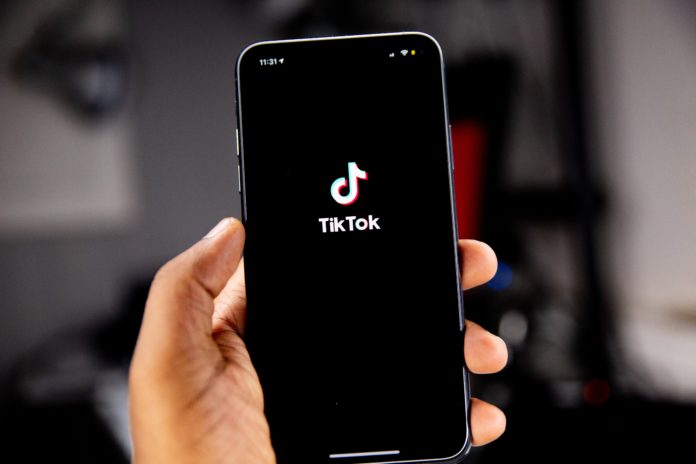Photo: Solen Feyissa
By: Nick Gambino
Despite how popular TikTok is we have to remember they are still the new kid on the block. It takes a lot for these newer platforms to turn a profit. Often, they’ll go years in the red. That’s why we can expect to see a lot of new initiatives from the social media platform.
TikTok is launching TikTok Pulse to attract advertisers. The ad solution is a boon for both advertisers and for creators. The idea is to create not only an attractive proposition for advertisers but allow creators to share in ad revenue.
“To help brands be on the pulse of entertainment and culture on TikTok, we’re excited to introduce TikTok Pulse, a new contextual advertising solution that lets advertisers place their brand next to the top content in the For You Feed,” TikTok said in their announcement. “TikTok Pulse is designed to give the brands the tools and controls to be a part of these everyday moments and trends that engage the community.”
At launch, TikTok Pulse is only open to those creators with at least 100,000 followers. The platform will split the ad revenue 50/50 with creators. This is a first in terms of creators sharing in ad revenue on the platform but not quite as good as what Instagram has set up. On the Facebook-owned platform, creators get 55%.
Still, 50% isn’t bad. This will inspire creators to produce more content and entice new creators to join the platform. The allure of making almost passive money off every post is pretty strong. It means they won’t have to hustle so much to gain direct sponsorships for their posts. TikTok will be doing the heavy lifting on the ad front.
But it’s not only about the creators benefiting from the new ad solution. TikTok is trying to use it to attract quality advertisers by promising brand-safe opportunities.
“Our proprietary inventory filter ensures that TikTok Pulse ads are running adjacent to verified content with our highest level of brand suitability on the platform,” the announcement also says.
TikTok Pulse will launch in June 2022 in the U.S. with a bigger rollout to other countries expected in the fall.










